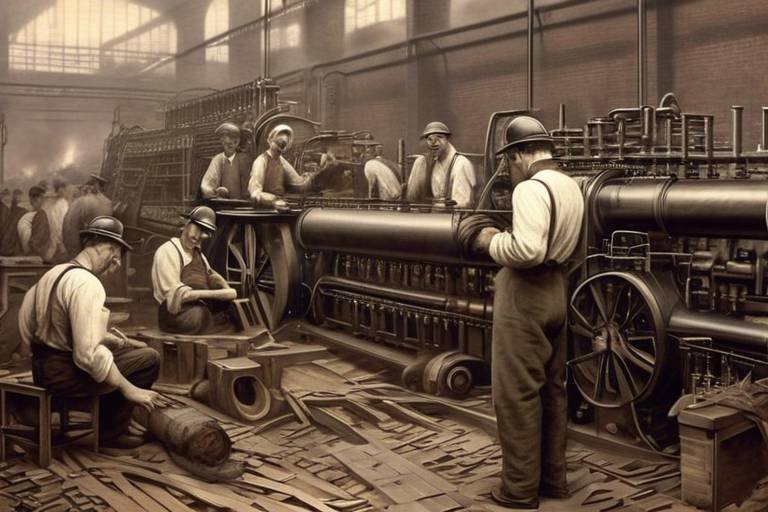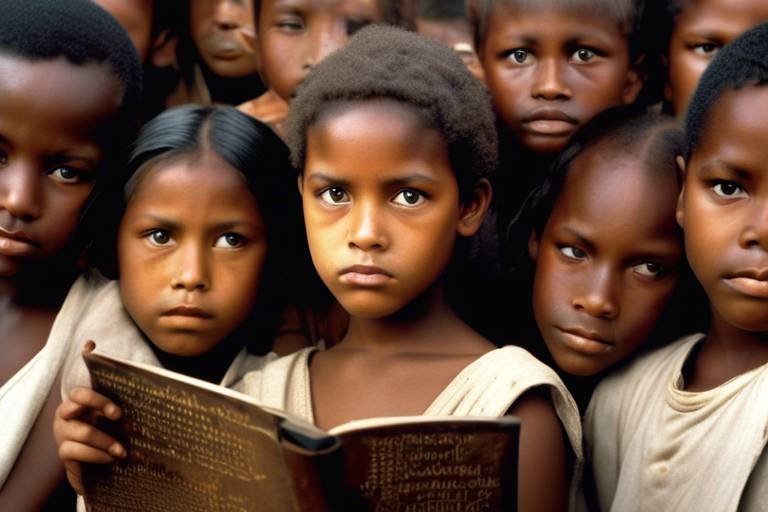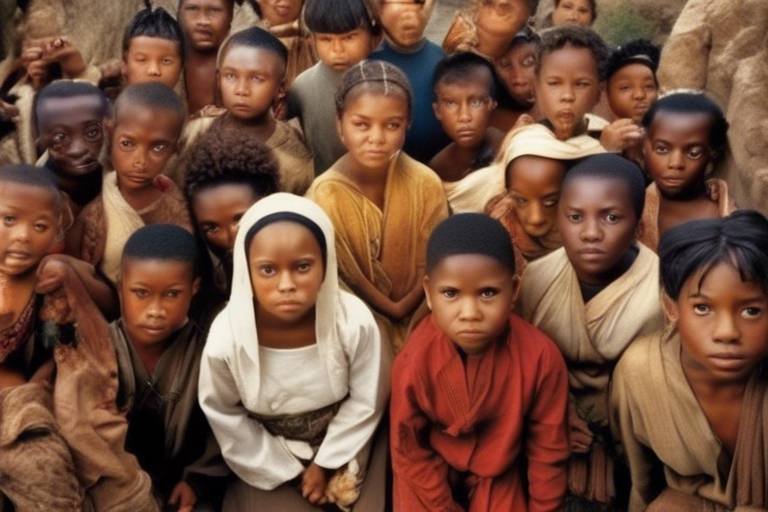The Relationship Between History and Climate Change
Climate change is a phenomenon that has left its mark on history in various ways, shaping civilizations and ecosystems throughout time. The intricate relationship between historical events and climate fluctuations unveils a narrative of resilience, adaptation, and sometimes, vulnerability. As we delve into the annals of the past, we unearth a treasure trove of stories that illuminate the profound impact of climate change on human societies and the environment.

Historical Climate Events
Historical Climate Events have played a crucial role in shaping the course of human history and the natural world. From the Little Ice Age to the Dust Bowl, these significant climatic occurrences have left lasting impacts on societies and ecosystems worldwide. The eruption of Mount Tambora in 1815, for example, led to the "Year Without a Summer," causing widespread crop failures and food shortages across the Northern Hemisphere. Similarly, the Medieval Warm Period saw a period of relative warmth that influenced agricultural practices and population movements in Europe.
Moreover, the impact of historical climate events extends beyond immediate disruptions, influencing cultural practices, economic systems, and even political structures. The collapse of the Mayan civilization, for instance, has been linked to prolonged droughts and environmental degradation, highlighting the interconnectedness of climate and societal resilience. The rise and fall of ancient civilizations such as the Indus Valley Civilization and the Akkadian Empire have also been attributed, in part, to fluctuations in climate patterns.
Exploring these historical climate events not only provides insights into the past but also offers valuable lessons for addressing contemporary climate challenges. By studying how past societies adapted to and mitigated the effects of climatic changes, we can better understand the complexities of environmental sustainability and the importance of proactive measures in the face of ongoing climate change.

Historical Responses to Climate Challenges
When looking back at history, we can find a plethora of examples where civilizations faced and responded to various climate challenges. These historical responses provide us with valuable insights into how different societies adapted to changing environmental conditions. From ancient civilizations to more recent societies, the ways in which humans have dealt with climate challenges have varied greatly.
One notable historical response to climate challenges can be seen in the agricultural practices of ancient civilizations such as the Mayans and the Egyptians. These societies developed sophisticated irrigation systems to mitigate the impact of droughts and ensure food security. By understanding the seasonal patterns of rainfall and adapting their farming techniques accordingly, these civilizations were able to thrive in challenging environments.
Furthermore, some societies in the past have relocated their settlements in response to changing climate conditions. For example, the Ancestral Puebloans in North America moved their communities to areas with more reliable water sources during periods of prolonged drought. This strategic relocation demonstrates how past societies were willing to make significant adjustments to ensure their survival in the face of climate challenges.
Additionally, historical responses to climate challenges often involved communal efforts and shared knowledge. Indigenous communities, for instance, have a long history of sustainable practices that are rooted in their deep understanding of the local environment. By passing down traditional knowledge from generation to generation, these communities have been able to adapt to changing climate conditions while preserving their cultural heritage.
It is essential to study these historical responses to climate challenges to learn from the successes and failures of past civilizations. By examining how societies in different time periods coped with environmental changes, we can gain valuable insights that can inform our present-day strategies for addressing climate change. The resilience and innovation displayed by our ancestors serve as a source of inspiration as we navigate the complexities of a rapidly changing climate.

Climate Change Through the Ages
Climate change is a topic that has gained significant attention in recent years, but its impact extends far back into history. Understanding the relationship between historical events and climate change is crucial in addressing the challenges we face today. In this article, we will delve into various aspects of this complex relationship to gain insights into how the past can inform our approach to environmental issues.
Throughout history, the Earth has experienced fluctuations in climate that have shaped the course of civilizations. From the ice ages to periods of warming, the planet's climate has been in a constant state of flux. These changes have had profound effects on ecosystems, human societies, and the overall environment.
By examining historical records and scientific data, we can trace the evolution of climate change over centuries. This historical perspective allows us to understand the patterns and trends that have characterized the Earth's climate over time. It also provides valuable insights into the factors driving these changes and their implications for the present and future.
Just as ancient civilizations adapted to changing climate conditions, modern societies must also respond to the challenges posed by global warming and other environmental issues. Learning from the past, we can develop strategies to mitigate the impact of climate change and build a more sustainable future for generations to come.

Historical Data in Climate Research
Climate change is a topic of immense significance in today's world, but its roots extend far back into history. Understanding the relationship between historical events and climate change is crucial for comprehending the challenges we face today and preparing for the future.
When delving into the realm of climate research, historical data plays a pivotal role in unraveling the mysteries of our planet's past climates. By examining records dating back centuries, scientists can piece together the puzzle of climate patterns and trends that have shaped our world.
One of the primary sources of historical climate data is found in ice cores extracted from glaciers and polar ice caps. These ice cores contain layers that hold valuable information about past temperatures, atmospheric composition, and even ancient civilizations. Analyzing these ice cores provides scientists with a window into the Earth's climatic history.
Furthermore, tree rings offer another vital source of historical climate data. The study of tree rings, known as dendrochronology, enables researchers to infer past climate conditions based on the width and density of tree rings. This method allows for the reconstruction of climate variations over hundreds or even thousands of years.
Archives of historical documents, such as ship logs, diaries, and agricultural records, also contribute to climate research. These records contain valuable observations of weather patterns, natural disasters, and agricultural practices that offer insights into past climates and their impacts on societies.
Combining these diverse sources of historical data, scientists can create detailed reconstructions of past climates, identify long-term trends, and assess the influence of natural factors versus human activities on climate change. Historical data serves as a crucial foundation for understanding the complexities of our planet's climate system.
In the realm of climate research, the past is not just a distant memory but a treasure trove of information that guides our present actions and shapes our future strategies in combating climate change.

Lessons from Past Mistakes
When looking back at history, we can find numerous instances where human actions have led to detrimental consequences for the environment. From deforestation to industrial pollution, past mistakes have left a lasting impact on our planet. These historical examples serve as cautionary tales, reminding us of the importance of sustainable practices and responsible stewardship of the Earth.
One of the most significant lessons we can learn from past mistakes is the interconnectedness of ecosystems and human societies. Throughout history, civilizations that failed to respect the delicate balance of nature often faced collapse. The collapse of the ancient Mesopotamian civilization due to environmental degradation serves as a stark reminder of the repercussions of short-sighted exploitation of natural resources.
Moreover, the Industrial Revolution brought about unprecedented levels of pollution and environmental degradation. The unchecked burning of fossil fuels not only led to widespread air and water pollution but also contributed to the acceleration of climate change. The smog-filled skies of 19th-century London and the toxic rivers of the Industrial Revolution era stand as stark reminders of the consequences of prioritizing industrial growth over environmental sustainability.
Additionally, the extinction of species due to habitat destruction and overhunting serves as a sobering reminder of the irreversible damage that human activities can inflict on the natural world. The extinction of the passenger pigeon in the 20th century due to relentless hunting highlights the fragility of ecosystems and the importance of conservation efforts in preserving biodiversity.
As we reflect on these historical mistakes, it becomes clear that we must learn from the missteps of the past to ensure a sustainable future for generations to come. By adopting practices that prioritize environmental conservation, resource management, and renewable energy, we can mitigate the impact of climate change and preserve the planet for future inhabitants.

Historical Perspectives on Climate Adaptation
Throughout history, different cultures and societies have showcased remarkable resilience and ingenuity in adapting to changing climates and environmental conditions. From ancient civilizations to modern societies, the ability to adjust to varying climates has been essential for survival and prosperity. By observing how our ancestors navigated through environmental challenges, we can gain valuable insights into effective strategies for climate adaptation.
One fascinating aspect of historical climate adaptation is the diverse range of techniques employed by various societies. For example, indigenous communities often developed sustainable agricultural practices that were closely attuned to local climate patterns. These practices not only ensured food security but also preserved the delicate ecological balance of their surroundings. Similarly, nomadic tribes adapted their lifestyles to follow seasonal changes, moving with the availability of resources and favorable climate conditions.
Moreover, historical perspectives on climate adaptation reveal the interconnectedness between humans and nature. Many ancient belief systems and cultural practices were deeply rooted in an understanding of the natural world and its rhythms. By respecting and aligning with nature, these societies were able to thrive in harmony with their environments, demonstrating a profound appreciation for the delicate balance required for sustainable living.
Furthermore, the study of historical climate adaptation offers a wealth of knowledge for contemporary challenges posed by climate change. By examining past strategies and innovations, we can draw inspiration for developing sustainable solutions that are both effective and culturally relevant. Learning from the wisdom of our predecessors, we can enhance our resilience in the face of evolving climate conditions and create a more sustainable future for generations to come.
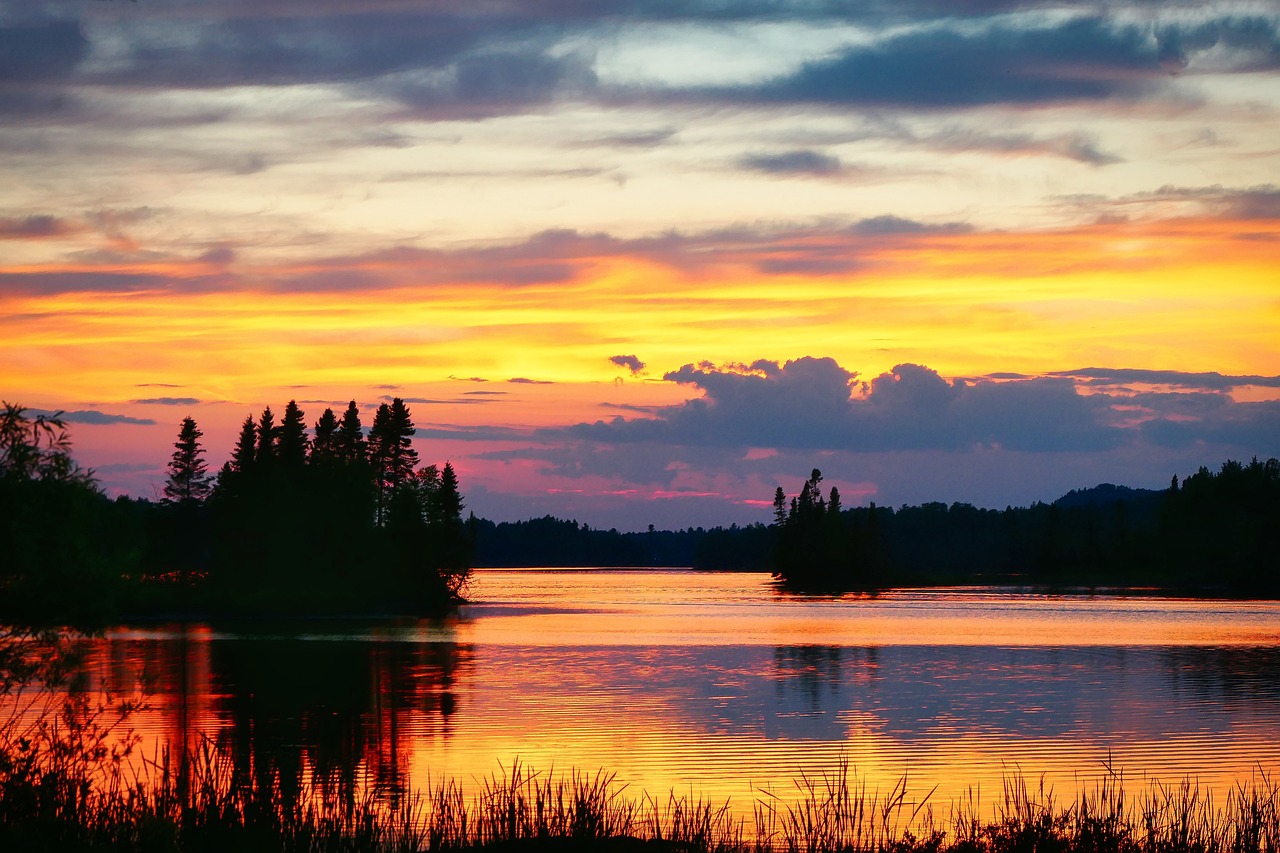
Climate Change in Art and Literature
Climate change has always been a topic of interest, not only in scientific circles but also in the realms of art and literature. The way climate change is portrayed in artistic expressions can provide unique insights into societal attitudes towards environmental issues and the impact of changing climates on human life.
Art and literature have long served as powerful mediums for reflecting on the natural world and human interactions with it. When it comes to climate change, artists and writers have found various ways to convey the urgency and complexity of this global issue.
Throughout history, artists have depicted the effects of climate change through visual representations of natural disasters, changing landscapes, and the displacement of communities. Paintings, sculptures, and photographs capture the devastation caused by extreme weather events and melting ice caps, serving as poignant reminders of the consequences of environmental degradation.
Likewise, literature has played a crucial role in exploring the emotional and psychological dimensions of climate change. Writers use storytelling to convey the human experiences intertwined with environmental challenges, offering readers a glimpse into the personal struggles and triumphs in the face of a changing climate.
From classic novels to contemporary poetry, climate change has been a recurring theme that prompts reflection and action. Authors use metaphors and allegories to draw parallels between natural phenomena and human behavior, inviting readers to consider their role in shaping the future of the planet.
Artistic expressions of climate change not only raise awareness but also spark conversations and inspire collective efforts towards sustainability and resilience. By engaging with art and literature on this topic, individuals can deepen their understanding of environmental issues and contribute to the ongoing dialogue on climate change mitigation and adaptation.
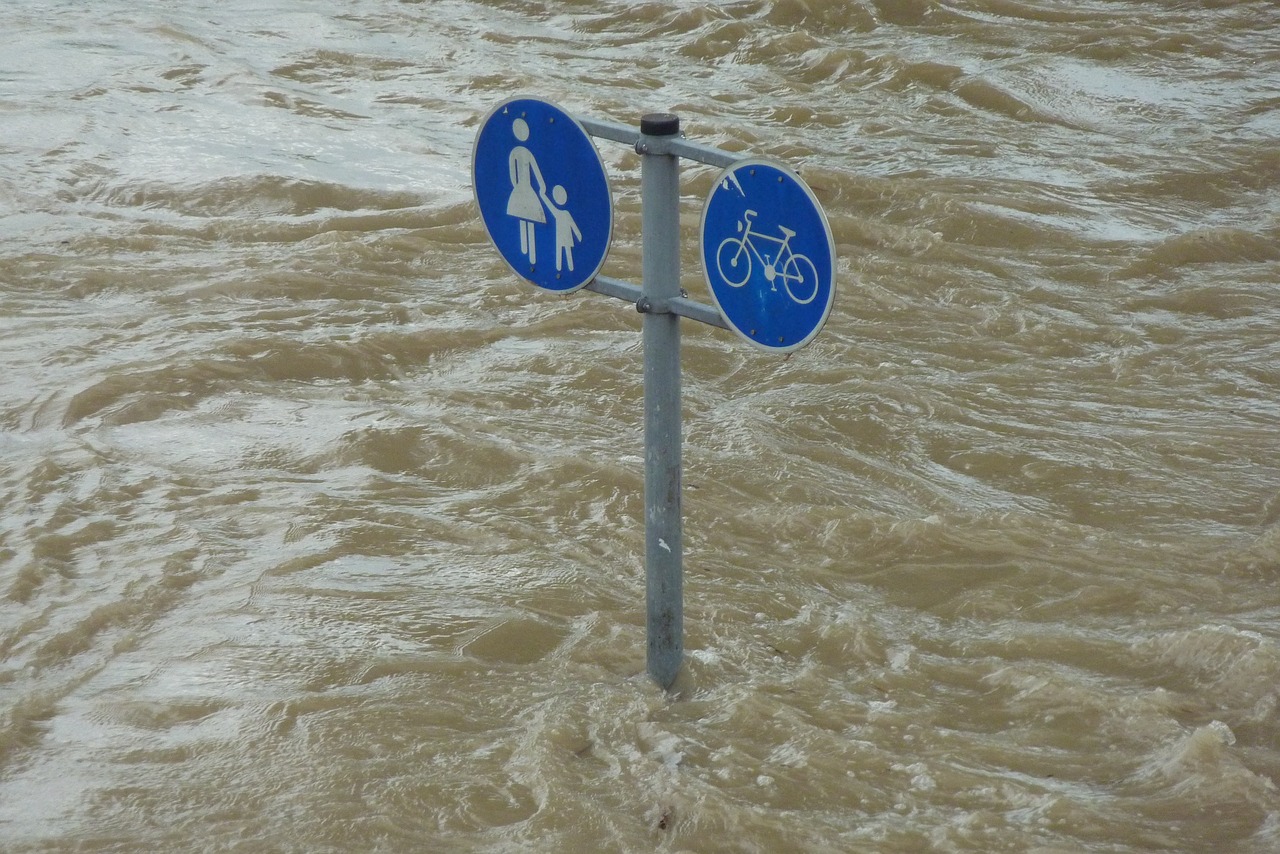
Historical Climate Change Policies
Historical Climate Change Policies have played a crucial role in shaping our approach to environmental challenges throughout history. Governments have implemented various strategies and regulations to address climate change, with varying degrees of success. One of the earliest recorded instances of climate policy dates back to ancient Rome when Emperor Justinian issued laws to protect forests and regulate mining activities to prevent environmental degradation. These early policies set a precedent for future civilizations to consider the impact of human activities on the environment.
During the Industrial Revolution, as the world witnessed rapid industrialization and urbanization, governments began to recognize the need for environmental regulations. In the 19th century, countries like the United Kingdom enacted laws to control air pollution and improve public health. The Clean Air Act of 1956 in the UK was a landmark legislation that aimed to reduce air pollution from industrial sources, setting a standard for other nations to follow in combating environmental degradation.
In the 20th century, the global community started to address climate change on a larger scale. The establishment of the United Nations Framework Convention on Climate Change (UNFCCC) in 1992 marked a significant milestone in international cooperation to tackle global warming. The Kyoto Protocol in 1997 set binding targets for developed countries to reduce greenhouse gas emissions, highlighting the importance of multilateral agreements in combating climate change.
More recently, the Paris Agreement of 2015 brought together nearly 200 countries in a commitment to limit global temperature rise and enhance climate resilience. This agreement signaled a shift towards a more unified and coordinated approach to addressing climate change on a global scale. Governments are now focusing on implementing sustainable policies and transitioning to renewable energy sources to mitigate the impact of climate change.
Historical Climate Change Policies demonstrate the evolution of environmental awareness and the increasing urgency to address climate challenges. By learning from past policy successes and failures, we can better equip ourselves to navigate the complex issues surrounding climate change and work towards a sustainable future for generations to come.
Frequently Asked Questions
- What is the significance of studying historical climate events?
Studying historical climate events provides valuable insights into the impact of past environmental changes on societies and ecosystems. By understanding how civilizations in the past coped with climate challenges, we can learn important lessons for addressing present and future climate change.
- How can historical data help in climate research?
Historical data plays a crucial role in climate research by offering long-term perspectives on climate patterns and trends. By analyzing historical records and archives, scientists can better understand the natural variability of the climate system and distinguish between natural cycles and human-induced changes.
- What can we learn from past mistakes in relation to climate change?
Examining past instances of human-induced climate change and their consequences can provide valuable insights into the interconnectedness of human activities and the environment. By learning from past mistakes, we can make informed decisions to mitigate the impacts of climate change and safeguard the future of our planet.






